First domesticated in the Americas more than 6,000 years ago, chilies have become a staple across cuisines, and there are some 4,000 varieties of them worldwide. When chilies are spicy, it’s thanks to capsaicin. Though this chemical compound serves as a natural defense mechanism for the plants, over time, it has been adopted as a culinary essential. Whether charred, sauted or pounded to a paste, chilies are versatile enough to carry a recipe or serve as a bright balancing accent. Some of our favorites include:
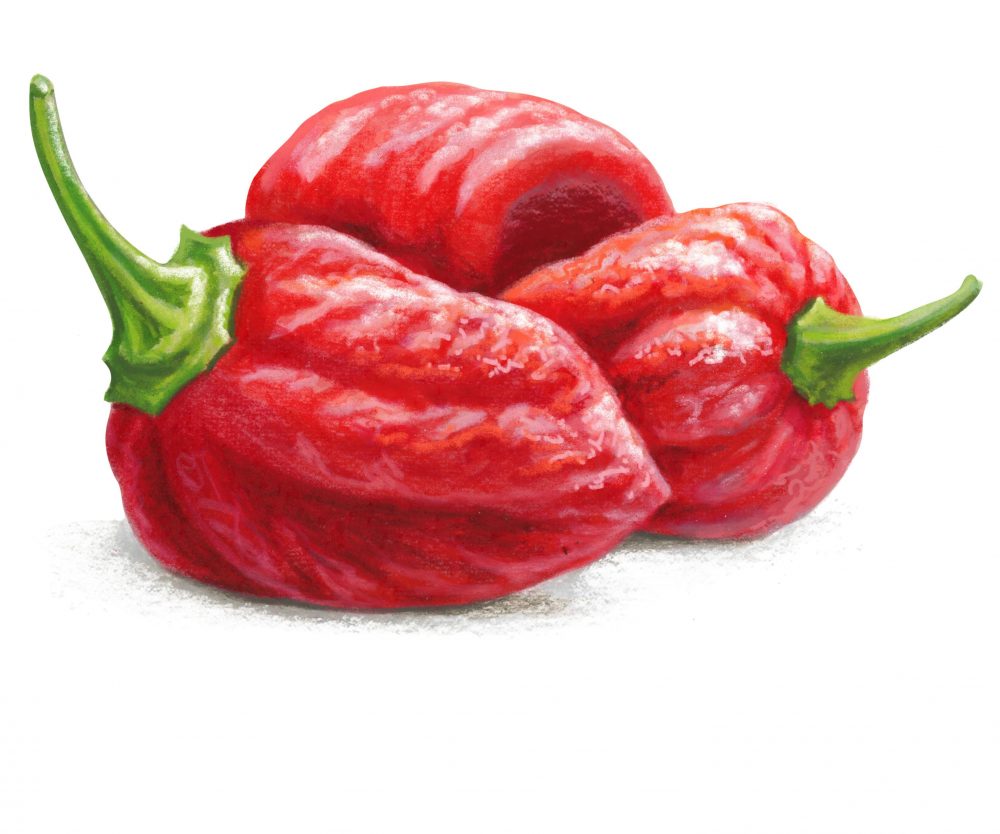
Bhut Jolokia
Sweet, fruity yet intensely hot, bhut jolokia (also called ghost peppers) are one of the world’s spiciest chilies. Originally from India, these dimpled peppers were first found growing wild, thriving in the humid, mild climate of northeastern India. Unlike many peppers, bhut jolokia’s fierce heat can’t be tamed simply by removing the ribs and seeds, where most chilies hold their heat. Instead, much of a ghost pepper’s capsaicin resides within its flesh, making it unusually potent. Try using them (sparingly!) in curries, hot sauces and chutneys.
Hungarian Wax
Often mistaken for the mild, tangy banana pepper, Hungarian wax peppers are significantly spicier, offering a medium heat. In Hungary, the chilies often are stuffed with soft cheese and herbs, then roasted as a side dish. Plump and almost neon yellow, the chilies also work beautifully as pickles, as brining plays up their natural tang and crunch. Don’t be deterred by their thick skin; it offers a pleasant snap when raw and softens when the peppers are roasted or worked into sauces.
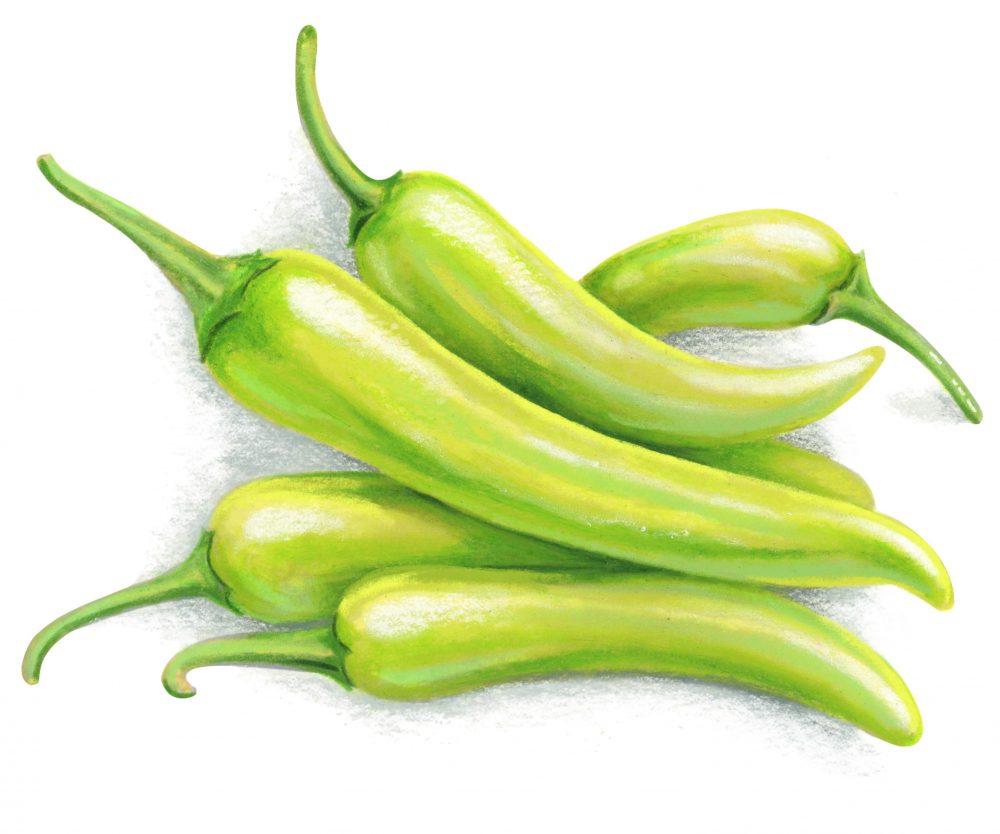
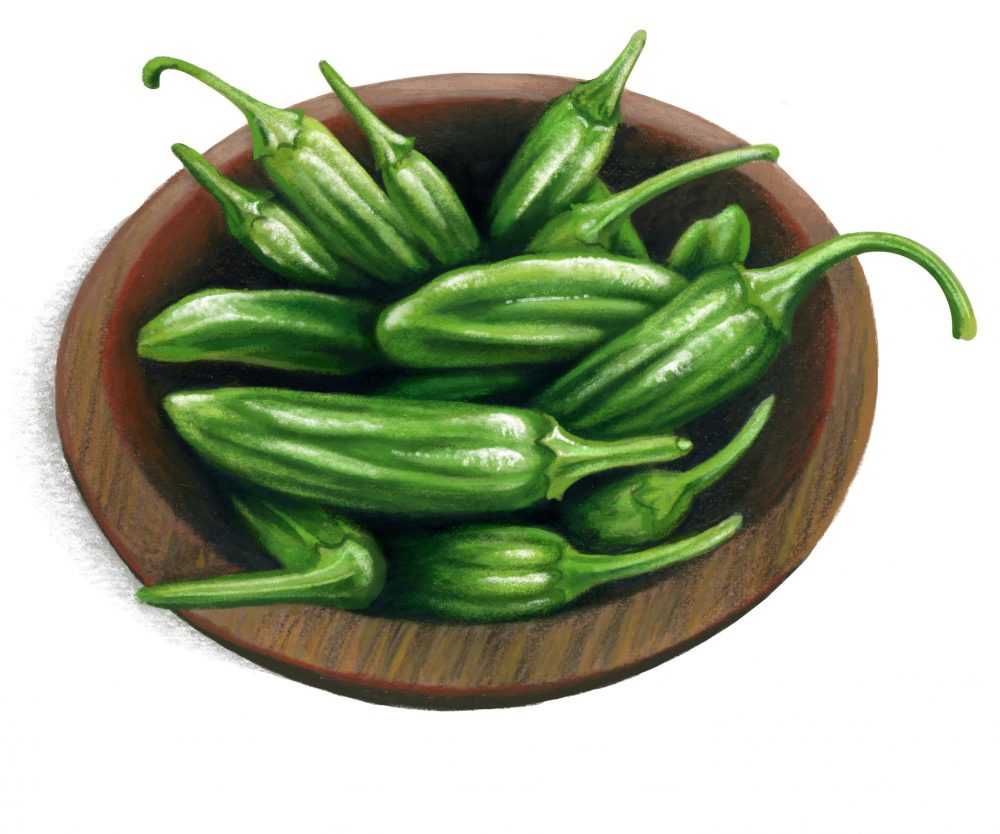
Shishito
With their signature wrinkled skin and vibrant green hue, these Japanese peppers often are served blistered from a quick high-heat sear and sprinkled with flaky salt. Typically smoky, sweet and mild, the occasional pepper will have a moderate kick to it, a result of different varietals or growing conditions. Sear these knobby green peppers in hot neutral oil until their skins brown and crackle, then transfer them to a serving dish and finish with a sprinkle of salt while still hot.
AjÍ Amarillo
Peruvian cuisine relies on a wide array of peppers, but one of the most ubiquitous is ají amarillo (also known as ají mirasol when dried). Part of Peru’s “holy trinity” of aromatics, along with red onion and garlic, these sunny peppers boast a lively heat balanced by a surprising fruitiness with uniquely bright, plummy notes of raisin, mango, berries and passionfruit. They’re most often pureed into a paste to add a spicy kick to sauces, ceviche and other seafood.
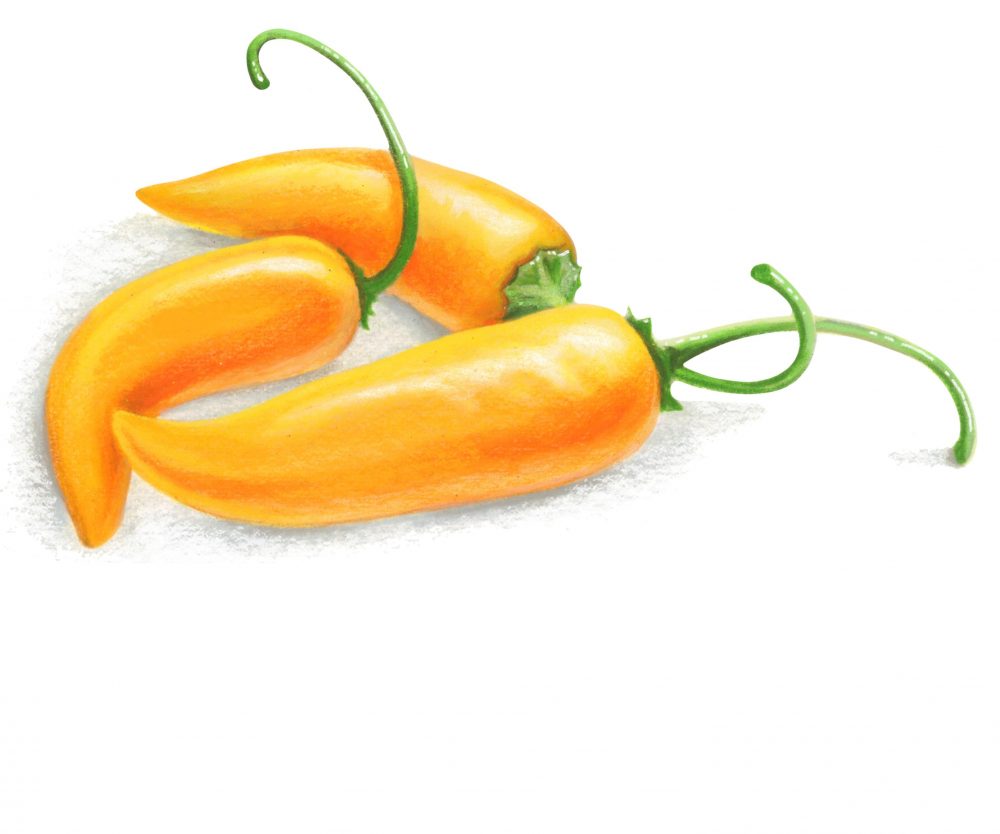
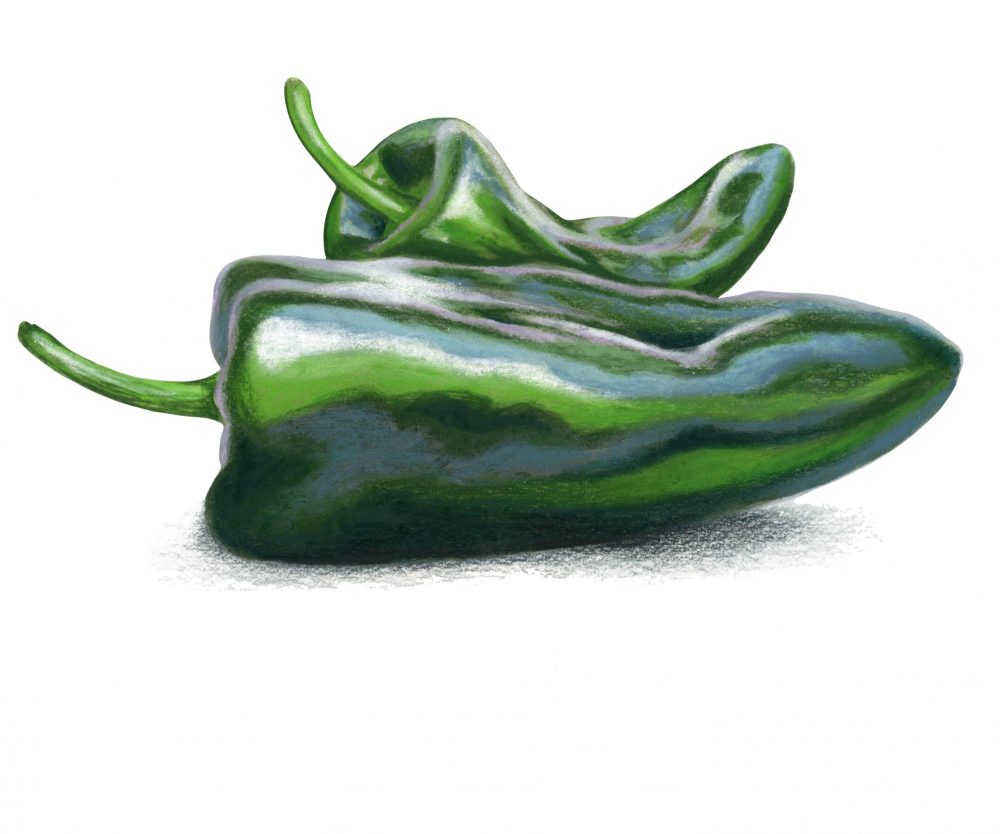
Poblano
Glossy, deep-green poblanos are essential to Mexican cooking. Picked before they’re ripe, they offer a grassy, mild taste when fresh, and take on a sweet smokiness when cooked. These peppers traditionally are served roasted or fried. They’re a popular choice for cheesy chiles rellenos or chiles en nogada, a stuffed preparation from Puebla that’s finished with a creamy walnut sauce. When matured to a deep red and dried, poblanos are known as ancho chilies.






